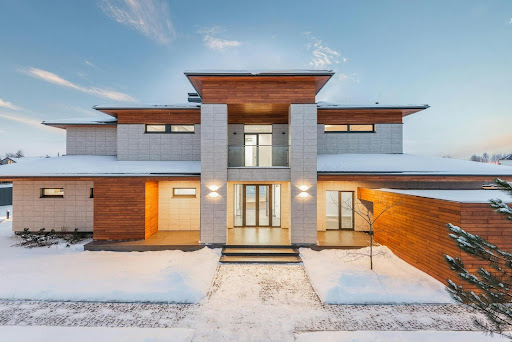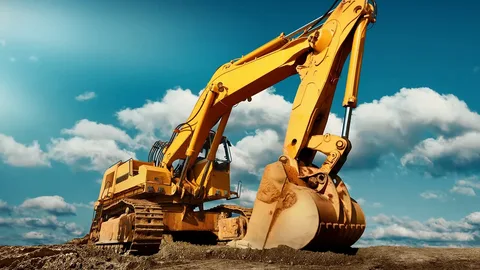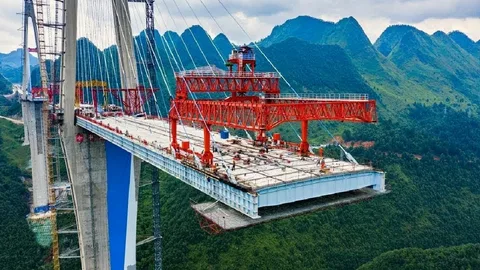
Today, the concept of energy-efficient homes has transcended from being a mere luxury to a necessity. This shift not only stems from an environmental standpoint but also from the economic benefits it offers homeowners. Particularly in areas like Hinsdale, where residents face extreme winter weather, optimizing a home for energy efficiency is not just beneficial but essential. Energy-efficient renovations, while sometimes requiring a significant upfront investment, promise substantial long-term savings through reduced energy bills.
Here, we dive into ten essential exterior renovations that promise not only to enhance the energy efficiency of your home but also to provide a shield against the elements. Similar to windows, steel doors are significant contributors to a home’s overall thermal performance.
Insulated Siding
Starting with the walls that envelop your home, insulated siding acts as a critical barrier against heat loss. Traditional siding materials do little to prevent the transfer of heat between your home’s interior and the external environment. However, modern insulated siding incorporates a layer of rigid foam insulation, effectively increasing your home’s resistance to temperature changes. This upgrade not only keeps your home warmer during the frigid winter months but also cooler during the sweltering summer, reducing the need for heating and cooling and thereby lowering energy bills.
Sturdy, Energy-Efficient Roofing
The roof plays a paramount role in a home’s energy efficiency, particularly in areas prone to harsh weather conditions like Hinsdale. A sturdy, energy-efficient roof can withstand the elements while minimizing heat absorption. Materials such as metal roofing reflect the sun’s rays, reducing the amount of heat transferred into your home. Additionally, certain shingles are designed with reflective coatings to further decrease heat absorption. Opting for these materials can lead to significant energy savings. You could locate reliable experts for installation with a quick online search using keywords such as Hinsdale roofing company near me. These professionals bring invaluable expertise on the best materials and methods for your area’s specific climate challenges.
Energy-Efficient Windows
Windows are one of the primary sources of heat loss in a home. Replacing old, inefficient windows with new, energy-efficient models can dramatically reduce this loss. Look for windows that feature double or triple glazing, are filled with inert gases like argon or krypton, and are coated with low-E coatings to reflect infrared light while allowing visible light to pass through. These technologies work together to insulate your home better, reduce your reliance on heating and cooling systems, and ultimately lower your energy bills.
Quality Door Upgrades
Similar to windows, doors are significant contributors to a home’s overall thermal performance. Replacing existing doors with energy-efficient alternatives—especially those made of fiberglass, steel, or insulated wood—can prevent air leaks and thermal bridging, two common issues that lead to energy loss. Paying special attention to the doors’ installation is essential, as gaps or improper sealing can undermine their efficiency.
Enhanced Attic Insulation
Heat rises, and without proper insulation, your attic can become a significant source of heat loss, especially during the winter months. Upgrading your attic insulation can prevent warm air from escaping, maintaining a more consistent and comfortable temperature throughout your home. This renovation not only contributes to a decrease in energy consumption but also ensures that your heating system doesn’t have to work as hard, extending its lifespan and saving you money in the long run.
Solar Panels
The installation of solar panels represents a pivotal step towards self-sufficiency in energy production. By converting sunlight into electricity, solar panels allow homeowners to generate their power, reducing reliance on the grid and lowering energy bills. The upfront cost of solar panels is undoubtedly high; however, the long-term savings and potential government incentives can make this investment financially viable. Additionally, solar panels can increase property value, making them not only an energy-efficient choice but also a smart financial decision.
Green Roofing
Green roofing, or the installation of vegetation on rooftops, offers an innovative approach to improving a home’s energy efficiency. This living layer provides natural insulation, reducing heat loss in winter and keeping homes cooler in summer. Beyond its insulation properties, green roofing absorbs rainwater, reducing runoff and alleviating strain on drainage systems. While green roofs require a suitable structure for support, their benefits in urban heat island reduction, biodiversity support, and aesthetic appeal make them an enticing option for eco-conscious homeowners.
Exterior Lighting Upgrades
Upgrading to LED or solar-powered lighting for the home’s exterior can have a substantial impact on energy consumption. LED lights consume up to 75% less energy and last 25 times longer than incandescent lighting, offering a durable and efficient lighting solution. Solar-powered lights, harnessing energy from the sun, eliminate energy costs for outdoor lighting entirely. These lighting options not only reduce energy bills but also contribute to a home’s security and curb appeal, illuminating walkways and highlighting landscaping features.
Programmable Thermostats
While programmable thermostats are an interior fixture, their impact on a home’s exterior energy efficiency is undeniable. By automatically adjusting indoor temperatures based on preset schedules, programmable thermostats ensure that heating and cooling systems operate optimally, reducing unnecessary energy use. This intelligent temperature management complements exterior renovations like insulated siding and energy-efficient windows, ensuring that the home maintains a comfortable temperature with minimal energy waste.
Landscaping for Energy Efficiency
Strategic landscaping is a natural yet effective method for enhancing a home’s energy efficiency. Planting deciduous trees on the south and west sides of a property can provide shade during the summer months, naturally cooling the home and reducing the need for air conditioning. In winter, these trees lose their leaves, allowing sunlight to penetrate and warm the house. This natural approach to temperature regulation not only contributes to energy savings but also enhances the home’s exterior beauty and provides a habitat for wildlife.
Conclusion
Investing in exterior renovations like the ones discussed in this article is no longer a luxury but a necessity, especially in a place like Hindsdale with harsh winter weather. While the initial investment may be quite high, the long-term savings on energy bills, increased comfort, and improved environmental impact make these renovations worthwhile. Furthermore, by choosing materials and installation professionals familiar with the specific challenges of your local climate, you can ensure that these improvements not only enhance your home’s efficiency but also its resilience against extreme weather.







